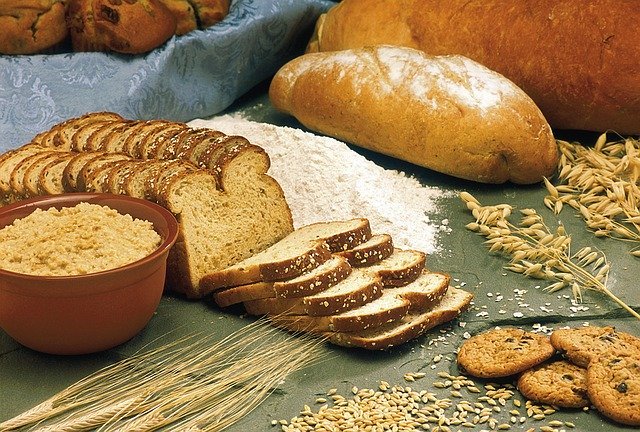
In a new study, researchers found that brain changes associated with aging can be seen at a much younger age than would be expected, in the late 40s.
However, they also found that this process may be prevented or reversed based on dietary changes that minimize simple carbs.
The research was led by Stony Brook University scientists.
To better understand how diet influences brain aging, the research team focused on the presymptomatic period during which prevention may be most effective.
They used large-scale life span neuroimaging datasets and found that functional communication between brain regions destabilizes with age, typically in the late 40’s, and that destabilization correlates with poorer cognition and accelerates with insulin resistance.
They then showed this biomarker for brain aging to be reliably modulated with consumption of different fuel sources: glucose decreases, and ketones increase, the stability of brain networks.
This effect was replicated across both changes to total diet as well as after drinking a fuel-specific calorie-matched supplement.
The team says what they found with these experiments involves both bad and good news.
The bad news is that the first signs of brain aging are much earlier than was previously thought.
However, the good news is that people may be able to prevent or reverse these effects with diet.
What the researchers discovered, using neuroimaging of the brain is that quite early on there is a breakdown of communication between brain regions (“network stability”).
They tested whether giving the brain a more efficient fuel source, in the form of ketones, either by following a low-carb diet or drinking ketone supplements, could provide the brain with greater energy.
Even in younger individuals, this added energy further stabilized brain networks.
To conduct their experiments, brain network stability was established as a biomarker for aging by using two large-scale brain neuroimaging (fMRI) datasets totaling nearly 1,000 individuals, ages 18 to 88.
Destabilization of brain networks was linked to impaired cognition and was accelerated with Type 2 diabetes, an illness that blocks neurons’ ability to effectively metabolize glucose.
To identify the mechanism as being specific to energy availability, the researchers then held age constant and scanned an additional 42 adults under the age of 50 years with fMRI.
This allowed them to observe directly the impact of glucose and ketones on each individual’s brain.
The brain’s response to diet was tested in two ways.
The first was holistic, comparing brain network stability after participants had spent one week on a standard (unrestricted) vs. low carb (for example meat or fish with salad, but no sugar, grains, rice, starchy vegetables) diet.
In a standard diet, the primary fuel metabolized is glucose, whereas in a low-carb diet, the primary fuel metabolized is ketones.
However, there might have been other differences between diets driving the observed effects.
Therefore, to isolate glucose vs. ketones as the crucial difference between the diets, an independent set of participants was scanned before and after drinking a small dose of glucose on one day, and ketones on the other, where the two fuels were individually weight-dosed and calorically matched.
The results replicated, showing that the differences between the diets could be attributed to the type of fuel they provide to the brain.
Additional findings from the study included the following: Effects of brain aging emerged at age 47, with the most rapid degeneration occurring at age 60.
Even in younger adults, under age 50, dietary ketosis (whether achieved after one week of dietary change or 30 minutes after drinking ketones) increased overall brain activity and stabilized functional networks.
This is thought to be due to the fact that ketones provide greater energy to cells than glucose, even when the fuels are calorically matched.
This benefit has previously been shown for the heart, but the current set of experiments provides the first evidence for equivalent effects in the brain.
The lead author of the study is Lilianne R. Mujica-Parodi, Ph.D.
The study is published in PNAS.
Copyright © 2020 Knowridge Science Report. All rights reserved.



